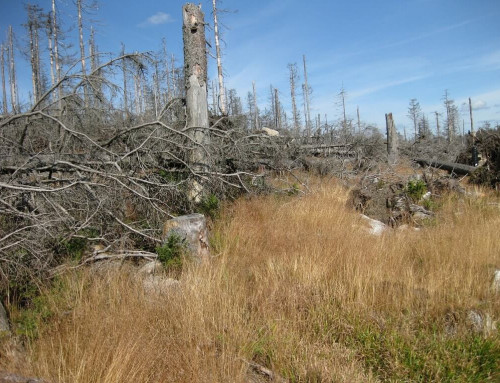
Chirinda Forest in Chimanimani. Image credit afrikascout.de
ZIMSEC O Level Geography Notes: Natural Resources: Commercial timber resources:Indigenous commercial forests
- Commercial timber resources in Zimbabwe can be divided into two classes, namely: indigenous tropical hardwoods and the exotic plantations.
- The indigenous tropical hardwoods like the Zimbabwean teak, mahogany and mukwa.
- The exotic plantation of pine, wattle and eucalyptus mainly found in the Eastern Highlands of the country.
Indigenous commercial forests
- These are mainly found in forest reserves in Matebeleland North and the Gokwe area in the Midlands.
- Though these areas are of low to moderate rainfall the presence of Kalahari sands in the area maintain enough moisture to support the forest.
- The forest reserves are in the Hwange, Nkayi, Mguza, Mzola, Binga and Mafungautsi area.
- Forests between Bulawayo and Hwange are fairly near the main road and railway line from Bulawayo and Victoria Falls for easy transportation of timber to furniture manufacturing firms in the urban areas.
- Those in Binga and Gokwe are served by poor gravel roads, making exploitation difficult.
- Chirinda forests near Chimanimani in the Eastern Highlands are in the high rainfall belt.
- The main commercial species include mukwa, Zimbabwean teak and mahogany, which are in great demand for the manufacture of quality furniture, railway slippers and export.
- These tropical timber species take as long as 100 years to mature, and hence the threat of extinction through over-exploitation and timber poaching.
- Conservation attempts involving selective cutting and the production of varieties that can mature early are being undertaken in this areas.
- Communities can harvest thatch grass and graze their animals in these forest reserves.
- The future of the indigenous forest reserves lies in research and the production of fast maturing varieties which can be planted on a commercial basis.
- Processing industries could however be established in the producing areas to add value to the products before export to furniture manufacturers and other users and also to provide employment to the local population.
To access more topics go to the O Level Geography Notes page



